Nimodip
✅ Manages hypertension
✅ Prevents stroke
✅ Enhances blood flow
✅ Reduces migraine frequency
✅ Alleviates brain-related issues
Nimodip contains Nimodipine.
Product Overview
Nimodip is a pharmaceutical preparation containing Nimodipine as its active component, classified under calcium channel blockers. This therapeutic agent is principally employed for the prevention and management of subarachnoid hemorrhage – a cerebrovascular condition involving bleeding in the brain’s surrounding membranes. By inducing vasodilation of cerebral blood vessels, Nimodip enhances cerebral perfusion, thereby mitigating vasospasm risk and optimizing neurological recovery post-hemorrhage.
Therapeutic Applications
This medication is specifically indicated for prophylaxis and treatment of cerebral vasospasm subsequent to aneurysmal subarachnoid hemorrhage. As part of comprehensive management, Nimodip reduces the likelihood of delayed cerebral ischemia and promotes better neurological prognosis. Its mechanism prevents pathological constriction of cerebral vasculature that could compromise cerebral circulation and precipitate severe complications including ischemic stroke.
Administration Guidelines
Nimodip is typically prescribed as oral capsules for systemic administration. Strict adherence to prescribed dosing regimen is crucial. The capsules should be ingested intact with adequate water, maintaining consistent dosing intervals to ensure stable plasma concentrations. The pharmaceutical form must not be altered by crushing, chewing, or dividing. Patients experiencing swallowing difficulties should consult their healthcare provider for appropriate alternatives.
Mechanism of Action
The pharmacological activity of Nimodip involves selective blockade of calcium ion influx through L-type channels in vascular smooth muscle cells, with particular affinity for cerebral vasculature. This calcium channel antagonism results in vascular smooth muscle relaxation and consequent cerebral vasodilation, thereby preventing vasospastic episodes that could lead to cerebral hypoperfusion and associated neurological impairment.
Dosage Protocol
The dosing regimen is individualized based on clinical status, therapeutic response, and tolerability. Standard protocol initiates with 60 mg administered every four hours for 21 days continuously. Dosage adjustments may be necessitated by hemodynamic parameters and patient tolerance. Strict compliance with prescribed dosing schedule is mandatory, and exceeding recommended doses is contraindicated.
Therapeutic Advantages
Nimodip provides significant clinical benefits in subarachnoid hemorrhage management, including effective vasospasm prevention and neurological outcome optimization. Through its cerebroselective vasodilatory properties, it substantially reduces delayed ischemic neurological deficits and associated cerebrovascular complications. Timely initiation of therapy demonstrates improved survival rates and reduced long-term morbidity in clinical studies.
Adverse Effects
Common adverse reactions may include hemodynamic changes (hypotension), cephalalgia, vertigo, cutaneous flushing, gastrointestinal disturbances, and peripheral swelling. These manifestations are generally mild and self-limiting, typically subsiding with continued therapy. Persistent or severe reactions warrant immediate medical consultation.
Precautions
Caution is advised in patients with pre-existing hypotension, cardiac insufficiency, hepatic dysfunction, or renal impairment due to potential exacerbation risks. Absolute contraindications include known hypersensitivity to dihydropyridine derivatives. Comprehensive medication review is essential as significant pharmacokinetic interactions may occur with concomitant therapies, including herbal preparations.
Storage Conditions
Maintain capsules at controlled room temperature protected from light and humidity. Store in secure locations inaccessible to children and pets. Avoid storage in moisture-prone areas such as bathrooms or kitchen sinks. Properly dispose of expired medication in accordance with pharmaceutical waste regulations.
Disclaimer:
The information provided herein is intended for educational purposes only and represents expert-reviewed medical knowledge. This content does not substitute professional medical advice, diagnosis, or treatment. The complete safety profile, potential drug interactions, and contraindications may not be fully enumerated. Always consult qualified healthcare providers for personalized medical guidance. This information aims to complement, not replace, the essential physician-patient relationship.
| Strength | 30 mg |
|---|---|
| Quantity | 30 Tablet/s, 60 Tablet/s, 90 Tablet/s, 180 Tablet/s |
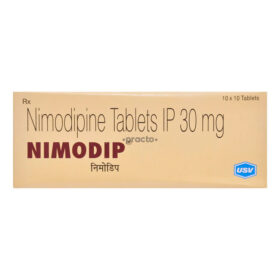 Nimodip
Nimodip









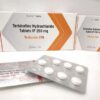

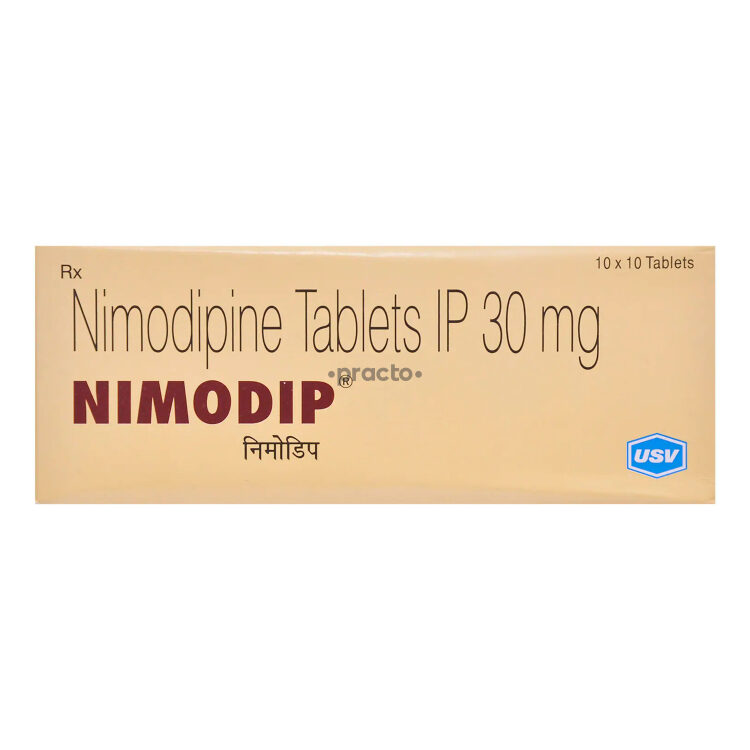
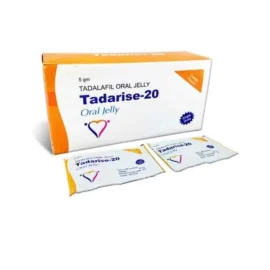
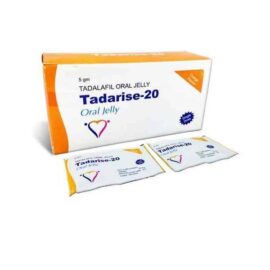
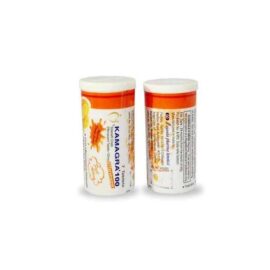

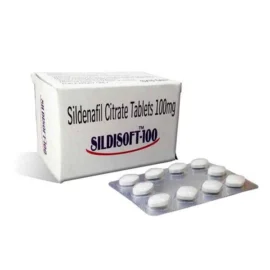
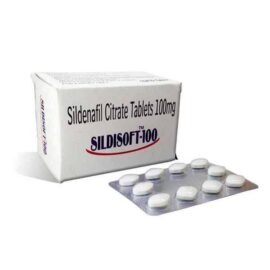


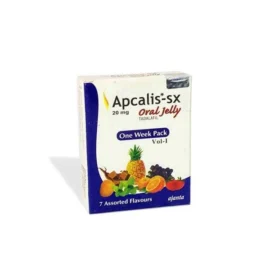
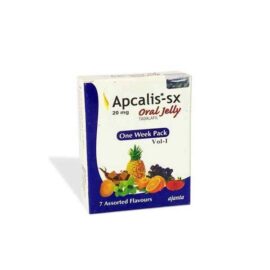

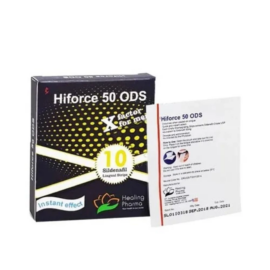
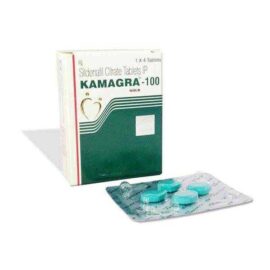
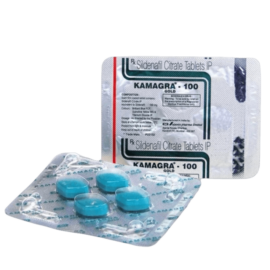
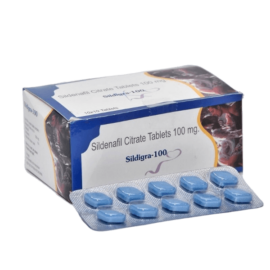
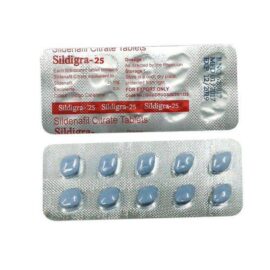
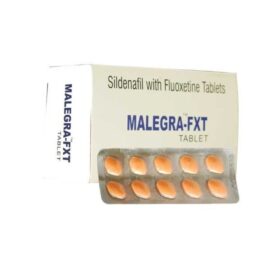
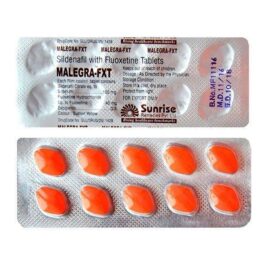
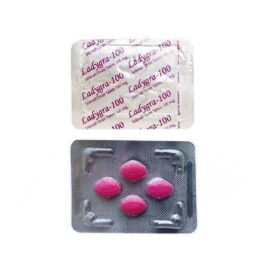
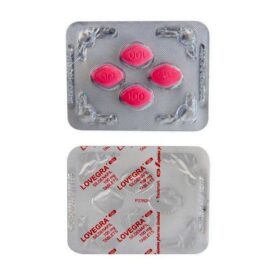
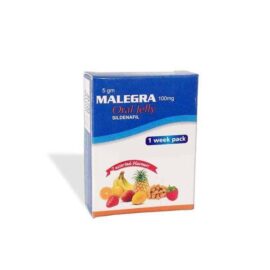
Reviews
There are no reviews yet